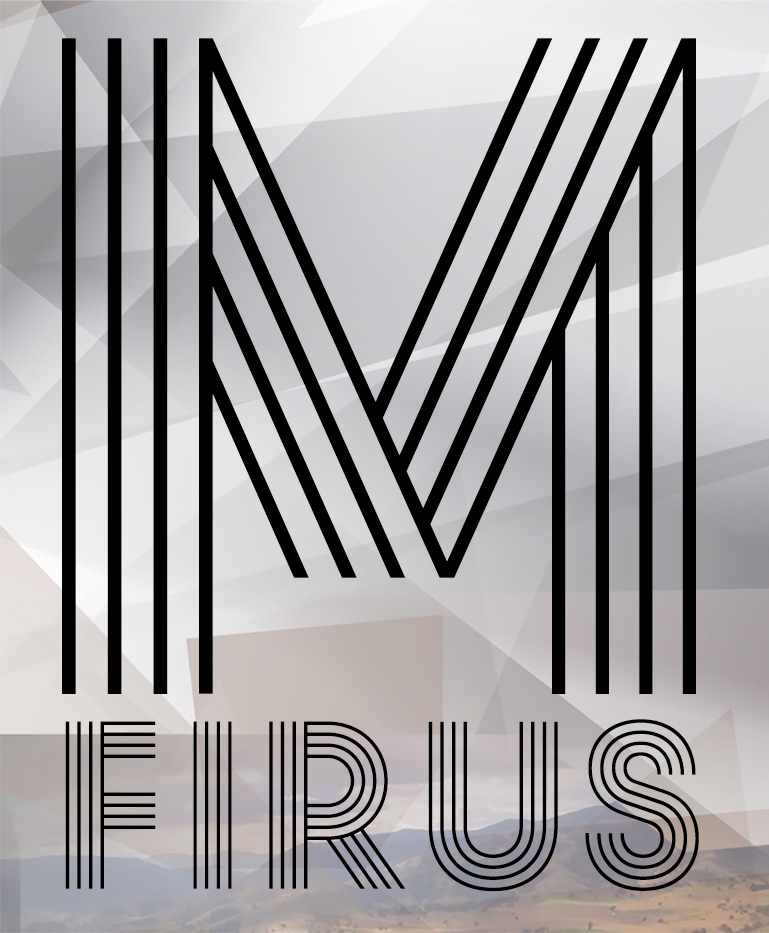
Textual Analysis: History, Wider Context and Importance
Textual analysis is something that is done to some extent constantly and everywhere. Alongside humanity’s development of written language, the need for mutual understanding between the communicator and the communicant grew.
At least this was how it most likely was early on. As the idea of culture developed and people began to formulate more and more complex social structures, a rift between the vernacular and the academic grew. This was seen in many cultures, and wasn’t restricted to class; gender also played a huge role in deciding what someone should be allowed to know.
Plato is considered quite a likable character by most western academics. After all, he started the first institute of higher learning; his famous Academy in Athens. Then the baton was handed over to Alexandria. But after some stooge didn’t heed the NO SMOKING sign… well, you know the story; a pretty fair chunk of ancient knowledge incinerated. Moreover, there wasn’t a Google Drive backup copy.
So briefly Rome was seen as the hub of the world’s learning. But it soon became clear that the Great City forgot to take out the recycling, and its unsustainable social, military and multi-theistic structure began to crumble over the course of a few decades.
Que the dark ages where small embers of knowledge were preserved in damp monasteries around Europe. Meanwhile, the Islamic world was flourishing academically. In fact, the pain of high school mathematics originated from around this time and place, with the advent of algebraic theories.
During the few hundred years that constituted the “Dark/Middle Ages,” textual analysis did not have a good time. The issue is summarized in one word: Latin. Many hundreds of people got burnt for attempting to translate Biblical texts into the vernacular languages. The reasoning behind such a translation was to allow the general plebian in the potato field to be able to textually analyze the world’s most influential literary work. However, sadly that wasn’t allowed.
Then came the Renaissance, which academics get all warm and fuzzy over. Here the scientific principles of Plato and Aristotle (like Aristotle’s theory of semen originated in the brain) were ‘reborn’. So despite them getting most things wrong, the ancient thinkers enjoyed a rebirth of their affluence.
Sadly, it mimicked ancient practice a little too well and learning was still only for the rich white males. However, this period also saw the beginning of formalized scientific practice; essential for the next phase of societal development. Around the mid-15th century, Johannes Gutenberg introduced movable type technology to Europe. This caused a boom in the sharing of theories around the world.

Reformation-era writers contributed greatly to developing the ‘common tongue’ from a vocabulary fit for peasants to an acedemic level.
After this came the Reformation, and for the first time one didn’t have to know a dead language (Latin) to readsomething meaningful.
This ushered in the modern age, as the first municipally run schools for the educating the masses began popping up. As the masses became more educated, they began to understand that they had inherent rights. One of those rights was education. Moreover, it just kept getting better until here I am sitting at my very own movable type, writing a (rather long-winded) blog on the context surrounding a human’s ability to look at something and understand whatever that something is saying. It is really a matter of education in the broadest sense.
So why am I even bothering to retell this bone-dry story? Because it’s important. It is vitally important that a person understands the narrative of education. In the story of education, people died, societies crumbled and on average, during all but the last and current century, the majority of human beings were totally illiterate. Again you ask: “Who cares?”.
I just think in the midst of issues like University fee cuts, class attendance and general lack of motivation, that knowing these things helps. Don’t ask me why… it’s just a hunch.

And a couple thousand years after it all began… this guy has just descovered that Aristotle was wrong…
All photos aquired royalty free.




